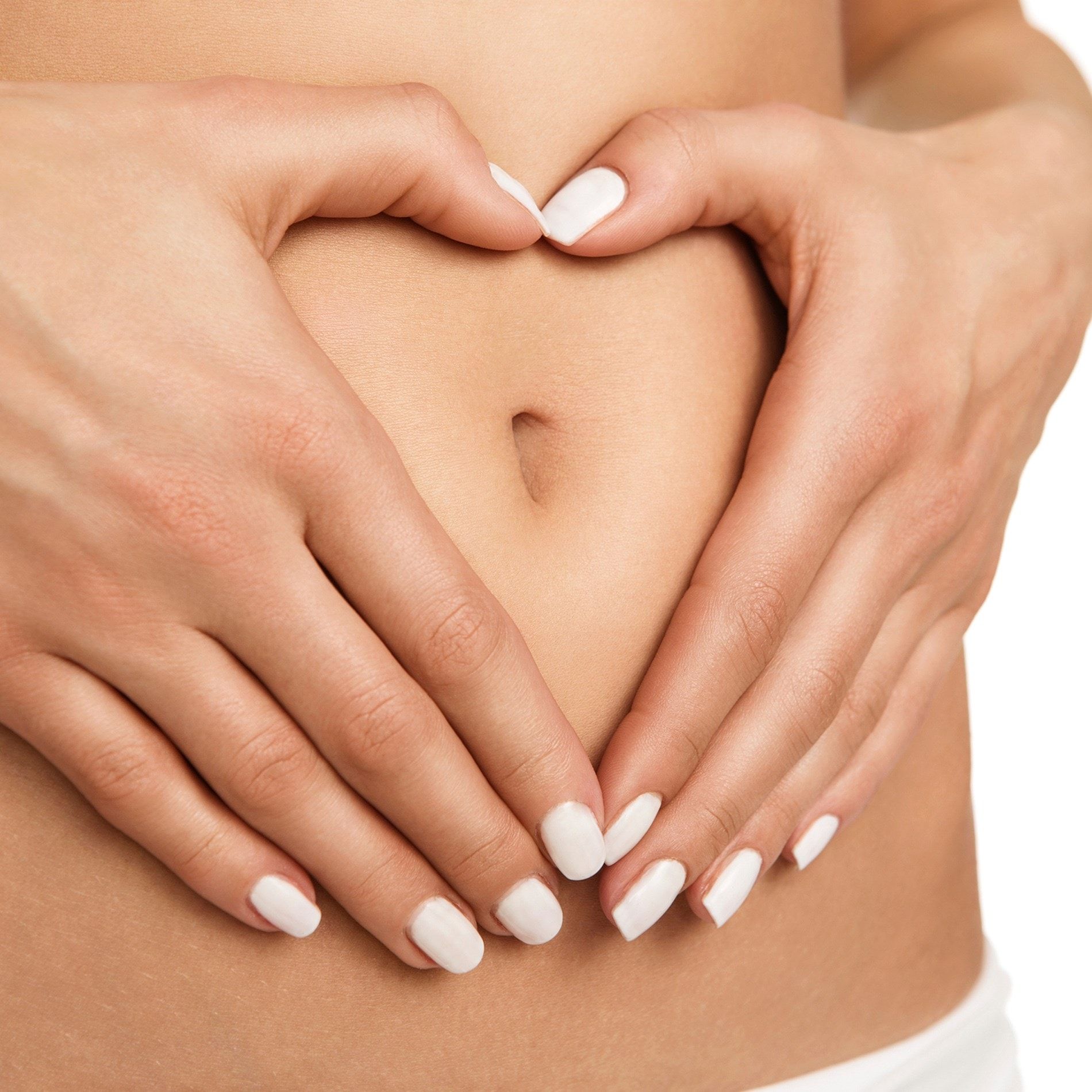Gut and Microbiome Health Tests – The Facts
As more and more links are made between the gut and disease, there is an ever-increasing focus on gut health. One relatively new approach in our pursuit of perfect gut health involves the use of ‘gut microbiome’ testing, also known as ‘gut biome tests’, ‘gut health tests’, ‘gut bacteria test’, and ‘stool tests’.
In this article we look at:
- What is a gut microbiome test?
- How do I get my gut microbiome tested?
- What will a gut microbiome test tell me?
- Do I need a gut microbiome test?
- Summary
- Key points
What is a gut microbiome test?
A gut microbiome test is a method of analysing the health of the gut microbiota, which is the name for the populations of bacteria residing in the gut. Tests look at the composition of microbes in a sample of human stool (poo). The specific testing method used is called ‘16s RNS ribosomal sequencing’, which, in simple terms, means that scientists isolate the microbial DNA from the various micro-organisms present in the provided stool sample. From this they can analyse which microbes are dominant in the gut, and whether there is a healthy balance of ‘good’ and ’bad’ microbes, which typically comprise a mix of bacteria/yeasts/parasites etc.
To learn more about the microbiome you may like to read: All About The Microbiome.

How do I get my gut microbiome tested?
There are many different microbiome tests on the market. Some gut testing kits can only be ordered by health professionals/practitioners, but many, such as Atlas Biomed, are now sold direct to consumers. Microbiome test kits typically consist of a swab or sample collection ‘probe’ and a collection vessel (with added agents to preserve the sample during shipping), into which a small sample of faeces needs to be placed. The samples are then sent off to a laboratory for testing.
Most testing companies which sell direct to consumers have a customer care team to help interpret the test results once they have been given, and some offer a full plan which includes probiotic recommendations, dietary advice and a follow-up test so you can track your improvement.

What will a gut microbiome test tell me?
The information given in a gut health test report can differ slightly, depending on the testing company used, but in general test results are broken down into sections, analysing the levels of specific bacterial communities found in the sample. Depending on the specific test used microbes are usually either grouped by phyla, genera, or species, but rarely by strain. To understand more about how bacteria are classified, and the relevance of their classification, you may like to read our page: What are probiotics?
Stool tests are sometimes recommended by doctors and conducted by the NHS in the UK; however, these are typically used to screen for certain pathologies, such as inflammatory bowel disease or bowel cancers, or to confirm the presence of specific bacteria or parasites in cases of infection. Private gut health tests tend to provide a more comprehensive overview of the microbes present in the stool. These more comprehensive test results can indicate whether or not the stool ‘donor’ has a healthy gut microbiome, which contributes towards many aspects of health, including: balancing inflammation levels, aiding proper digestion, synthesising certain vitamins, and producing short chain fatty acids (SCFA’s) from indigestible fibre.
Health professionals can read more about SCFAs in Dr. Aisling’s article: The uses of prebiotics.
Some specialised gut tests look for specific conditions in the gut, for example, ‘leaky gut tests’ are sometimes used to identify intestinal permeability, or ‘leaky gut syndrome’, which is characterised by inflammation and damage to the gut lining. Other test reports break the results down by health complaint and analyse a donor’s likelihood of developing certain health conditions, such as obesity or diabetes, based on their gut bacterial composition.
Most test reports also offer dietary advice to help improve the health of the microbiome. For example, high fibre foods encourage the growth of ‘good’ bacteria, whereas sugary and processed foods encourage the growth of ‘bad’ bacteria and yeasts. Recommendations may also be made to take a probiotic supplement, or to consume fermented foods on a regular basis. Probiotics work to introduce more ‘friendly’ strains of bacteria into the gut and play a vital role in balancing levels of ‘good’ and ‘bad’ microbes. Read this article to find out more about how probiotics work.
Do I need a gut microbiome test?
I am very much in favour of people taking charge of their own wellbeing, and investigating the health of their microbiome is certainly one way in which they can do so. As explained in the previous section, stool testing can offer some valuable insights, including inflammatory patterns, and elevated levels of pathogenic microbes which could cause gut health problems. There are a couple of things to bear in mind before embarking on a stool test, to make sure you get the most out of the experience:
- There is no ‘perfect’ microbiome. It’s very important to understand that every person’s microbiome is different and unique to them (in fact it is thought that our microbiome is as individual as our fingerprint), so there is no ‘optimal’ template to compare the test findings to. Testing laboratories currently use algorithms to compare the specific microbes, and ratios of those microbes, found in a stool sample, with the microbial profile of a so called ‘healthy individual’. Defining a ‘healthy individual’ is quite a subjective process however, and ‘good’ microbiomes will vary according to genetics, diet, and environment.
- Microbiome tests don’t identify strains. Microbes are typically identified only by either phyla or genus, rarely by species or strain. This explains why you may not see the specific strains in your daily probiotic supplement identified in the test results.
But identifying the phyla or genera present can certainly determine whether the microbial mix is rich in butyrate producers (a type of beneficial SCFA), certain vitamin producing genera, or those positively or negatively associated with certain health conditions. This can be very useful information; however, it can be worth noting that different strains of bacteria within a species also possess many different characteristics to one another.
Read more about the difference between species and strains in this article: Are all probiotics the same?.
- A stool sample provides a ‘snapshot’ of the microbiome at any given moment. Levels of microbes in the gut change all the time in response to diet, medications, environment, and even our mood or stress levels. This means that a stool sample taken one day, could look different to another sample taken from the same person on another day. This why most testing companies suggest delaying the test whilst taking certain medications to prevent an unrepresentative picture being given. They also advise eating your ‘typical’ or habitual diet in the run up to the test, for the same reason. Some testing companies offer a follow-up test which to track improvements and this can also help to provide a more comprehensive overview of the gut environment.
- Stool testing shows the microbes that are being ‘shed’ in the stool. It has been demonstrated that populations of microbes found in a stool sample may differ slightly from the populations actually living in the gut of the donor. A stool sample contains ‘shed’ bacteria from the gut, which tells us a lot, but may not always give the complete picture. Only invasive medical techniques can extract a microbial sample directly from within the intestines, where the microbes are colonising, but in general, stool testing provides a much easier way to gain sufficient insights for most health purposes.
Summary
We’ve learned then that the microbiome is a living community that is constantly changing, and can look significantly different from day to day, or even from hour to hour, in response to external stimuli. Stool tests can provide a useful snapshot and insights into the overall health of the microbiome. By following the dietary advice given by most testing companies, and taking a good quality probiotic supplement when required, it is possible to significantly improve the health of the microbiome. It might be best to opt for a company that offer a second test after a few months as is a great way to track progress, and it can be very motivational to see the altered picture.
As a health practitioner myself, I believe stool testing to be of great value: if a client’s symptoms suggest dysbiosis or pathogen over-growth, a gut flora test can often identify the pathogen involved. Certain pathogens respond differently to certain nutritional protocols than others, so knowing exactly what you are dealing with can be extremely helpful. This useful diagnostic tool throws extra ‘light’ on a client’s overall health picture, and as such can often speed their recovery.
For people working alone (without the help of a health practitioner) to try and identify possible root causes for their health challenges, I would recommend that they research the different tests available before they buy. Test results can look a little daunting to a lay person, so selecting a testing company, such as Atlas Biomed, that promises a good level of free support from a qualified team of experts is a sensible choice.
Key points
- A microbiome test, or gut health test, analyses the microbes found in a given stool sample
- They can be purchased on-line, recommended by a qualified Nutritional Therapist, or carried out by a medical physician (GP).
- It’s best to work with a healthcare practitioner or to choose a testing company that provides expert customer support and advice.
- Test results give an indication of the overall health of the microbiome, highlight any pathogen overgrowth, and identify inflammatory profiles etc.
- The microbiome is constantly changing in response to external factors. Avoid collecting the test sample when taking certain medications, to prevent an unrepresentative test result (medications taken on an on-going basis however are fine, as this represents what is ‘normal’ for that individual).
- Test results typically identify specify certain ‘genera’ or ‘species’ of bacteria found, but rarely identify individual ‘strains’. This does not mean they’re not present.
Further reading on the topic of gut health and dysbiosis:
Gut Health – All You Need to Know.
Bloating – All You Need to Know.
Personalised Microbial Intervention.
Popular Articles
View all Gut Health articles-
Gut Health09 Dec 2025
-
Gut Health04 Sep 2024


